10 Ways to Conserve Water
While the monthly water bill might be the utility cost that’s breaking the budget for homeowners, water is a limited resource. Many across the globe don’t have access to clean drinking water, but water waste might be common in countries like the U.S. where water taps flow freely.
There are many ways for homeowners to conserve water and be more mindful of how they use this precious resource. Use these 10 ways to conserve water and help decrease water waste and lower monthly water bills, too:
- Wash only full loads of dishes
- Wash only full loads of laundry
- Install low flow-showerheads
- Install touch-free faucets
- Take a shorter shower
- Install low-flow toilets
- Don’t use the toilet as a trashcan
- Choose energy-efficient appliances
- Ditch the lawn sprinklers
- Fix leaks and drips
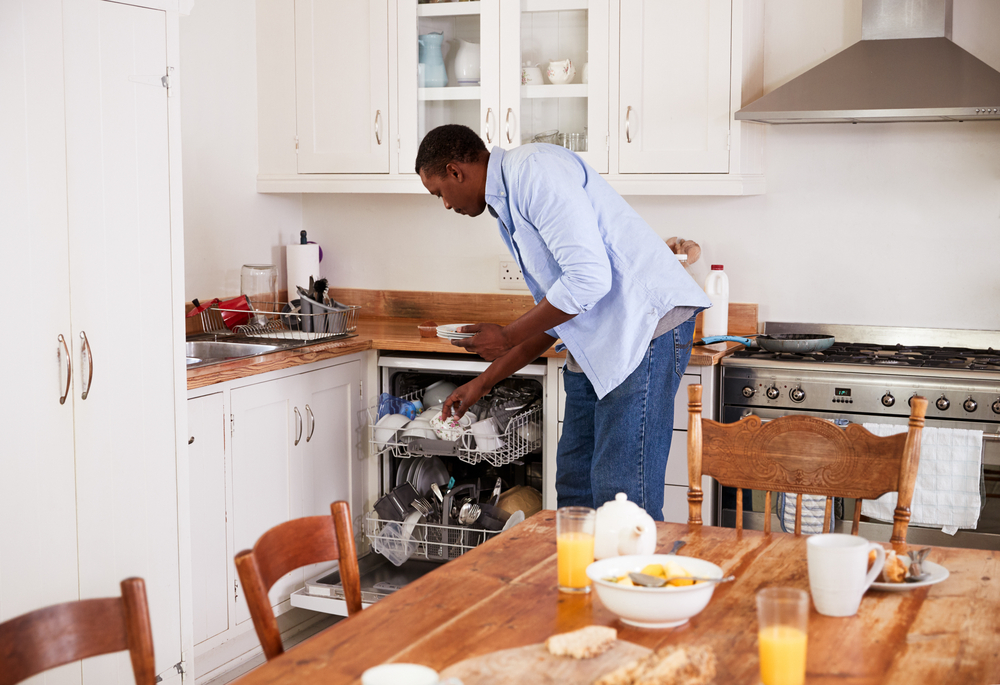
Wash Only Full Loads of Dishes
Homeowners should wait to start their dishwasher until it’s full. Washing multiple small loads of dishes just wastes water and energy. Instead, be mindful of every cycle.
Wash Only Full Loads of Laundry
Many washing machines use the same amount of water for small and larger loads. Regardless, don’t waste water to wash a small load of laundry. Like the dishwasher, choose to only use the washing machine for full clothing loads. For those with a standard top-loading washer, a cycle could use up anywhere from 30 to 45 gallons of water.
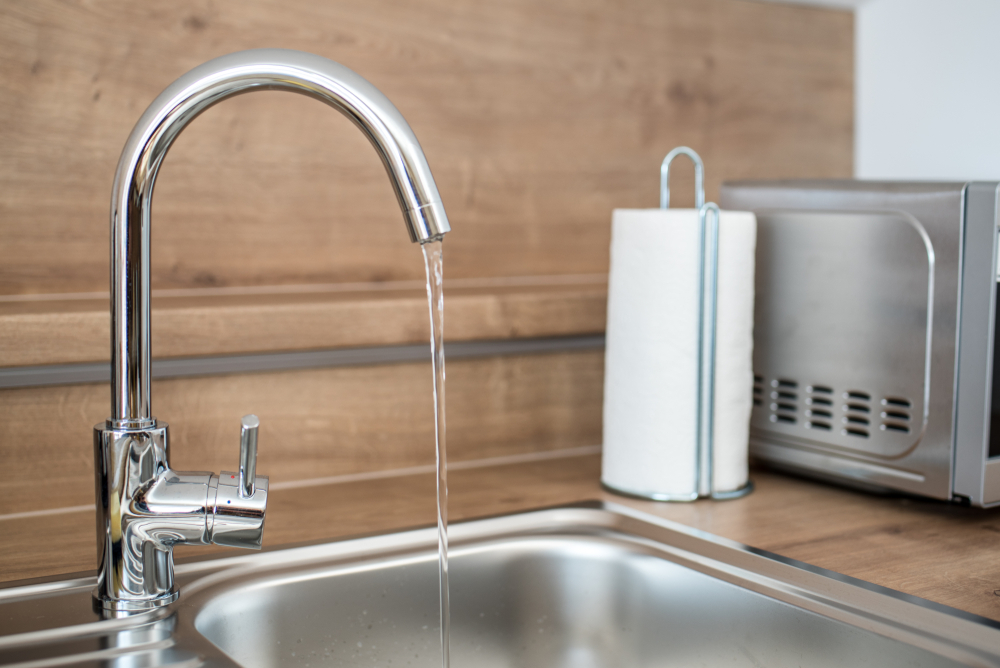
Install Low-Flow Showerheads and Faucets
Low-flow showerheads and faucets emit less water. Choose low-flow showerheads and faucets to save water and ensure that more water doesn’t flood down the drain. Low-flow showerheads are designed to use less than 2.5 gallons of water per minute.
Install Touch-Free Faucets
Touch-free faucets turn on when they detect movement and automatically shut off, too. These faucets can ensure that water isn’t left flowing while soaping up hands or brushing teeth.
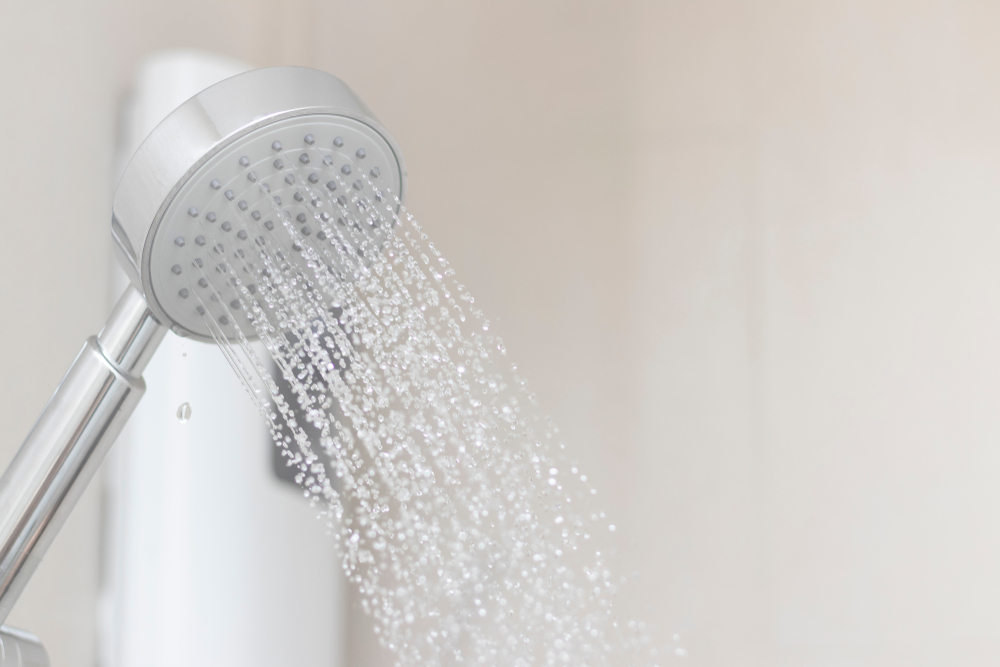
Take a Shorter Shower
Although low-flow showerheads use less water per minute, shorten showers to further decrease water waste. While a hot shower can be relaxing, spending too much time in the shower wastes both water and energy.
Install Low-Flow Toilets
Every time homeowners use the toilet, they literally flush water down the drain. Control how much water is wasted with every flush by installing a low-flow toilet. According to Bob Vila, a low-flow toilet flushes less than 1.5 gallons with each use while older toilets can flush as much as six gallons of water.
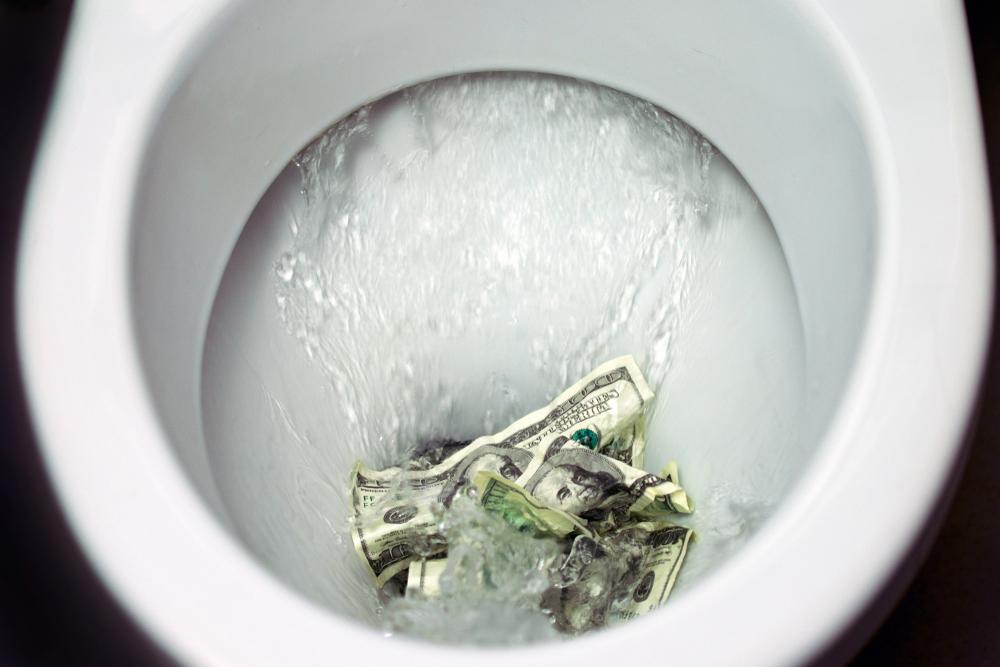
Don’t Use the Toilet as a Trash Can
Not only can flushing the wrong items down the toilet result in clogs and plumbing issues, but using the toilet in place of a trash also is a waste of water. Remember that even low-flow toilets flush 1.5 gallons of water; old toilets waste even more water. Be mindful of every flush.
Choose Energy-Efficient Appliances
Energy-efficient dishwashers and washing machines also could use less water. ENERGY STAR explains that energy-efficient dishwashers can help homeowners conserve thousands of gallons of water during the life of the appliance. ENERGY STAR also notes that energy-efficient washing machines use about one-third less water than the standard model.
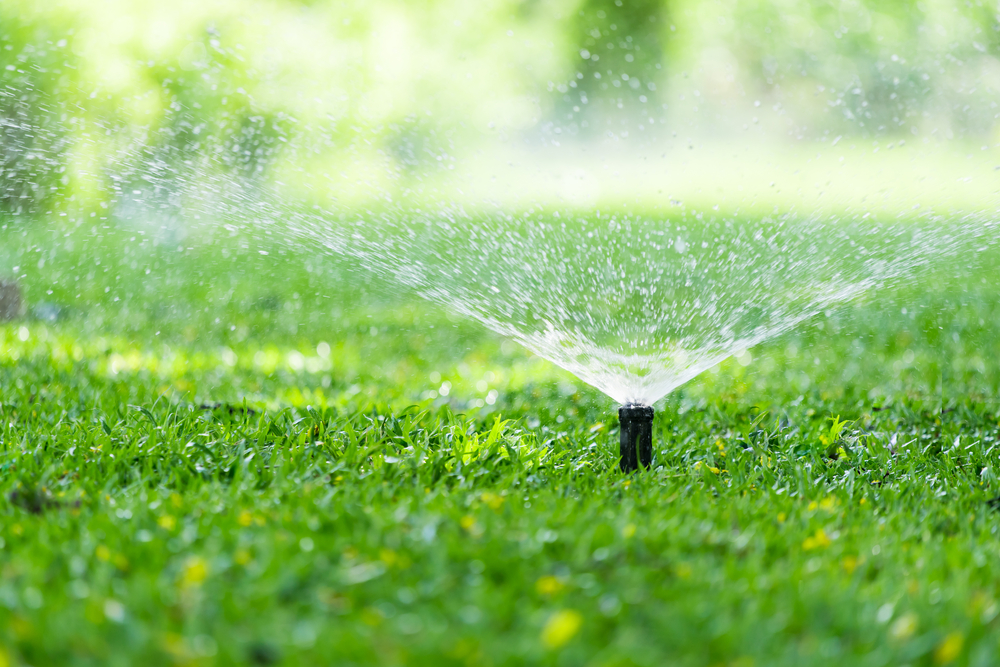
Ditch the Lawn Sprinklers
Yes, some homeowners want a green lush lawn. However, sprinkler systems use a lot of extra water. Some states could limit sprinkler use during periods of drought. Instead of watering lawns, homeowners might choose landscaping that can survive drier climates. Those who need to water their lawn, though, should do so during morning hours to minimize water waste.
Fix Leaks and Drips
If the water bill is suddenly higher, homeowners might check for leaks or drips. Broken plumbing could lead to damage and more costs for the homeowner. However, leaks and drips also waste water. Check for any issues by looking at pipes under sinks or other areas.
Teach Children Mindful Water Use Habits
Parents also could teach their children about being mindful of water use. Make sure children know to turn off the tap when they are washing their hands or brushing their teeth. Parents also can be mindful about the water levels during bath time; the bathtub isn’t a pool.
While children might love to run through sprinklers during the summer, parents might want to be mindful of this habit, too. Parents might limit the time spent using those sprinklers or find other ways for children to keep cool during hot days.
While the water bill isn’t the most expensive monthly utility bill for homeowners, water is a precious and limited resource. Some areas of the country might stipulate water conservation, but other homeowners might choose to conserve water to live a greener life. Decreasing water waste is an eco-friendly decision that could help decrease the water bill for the home.


